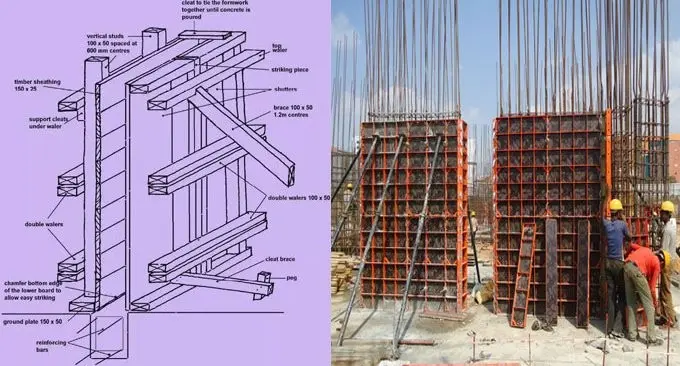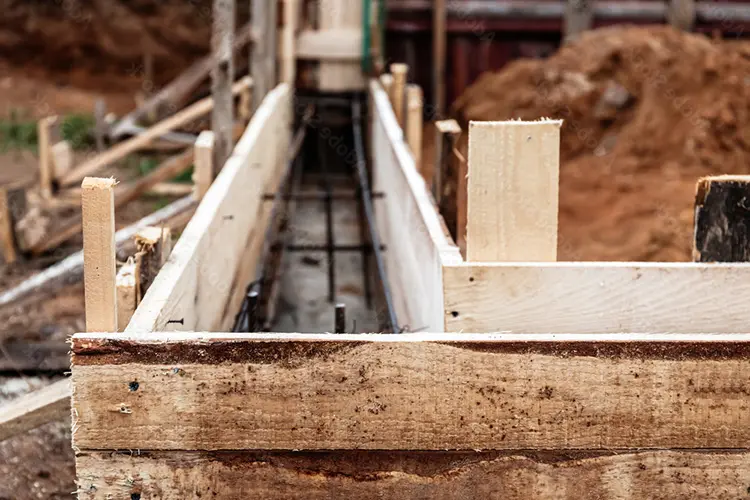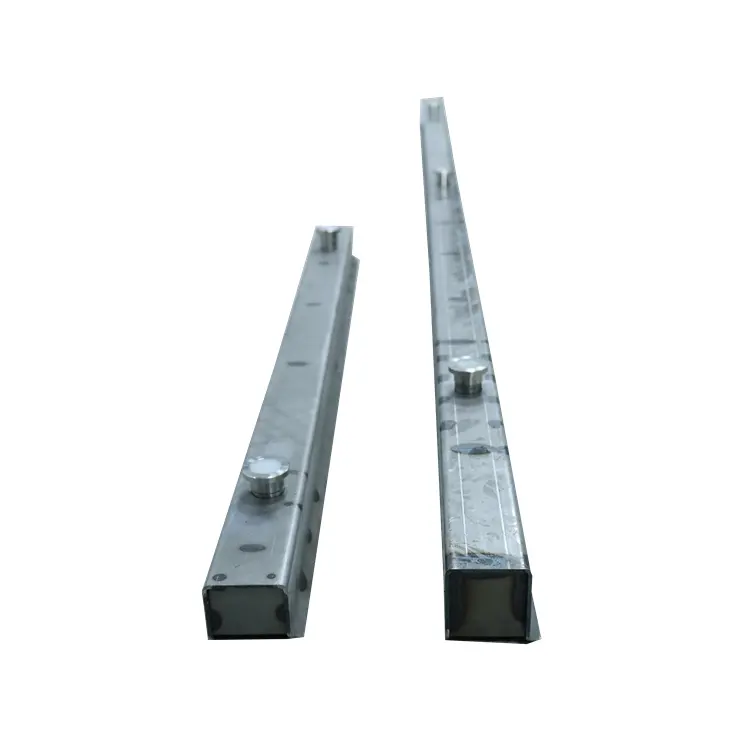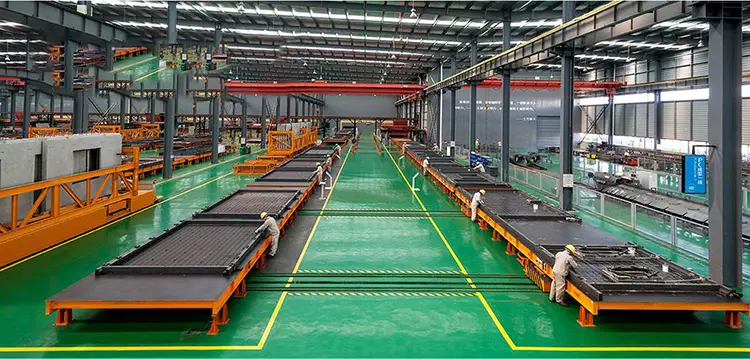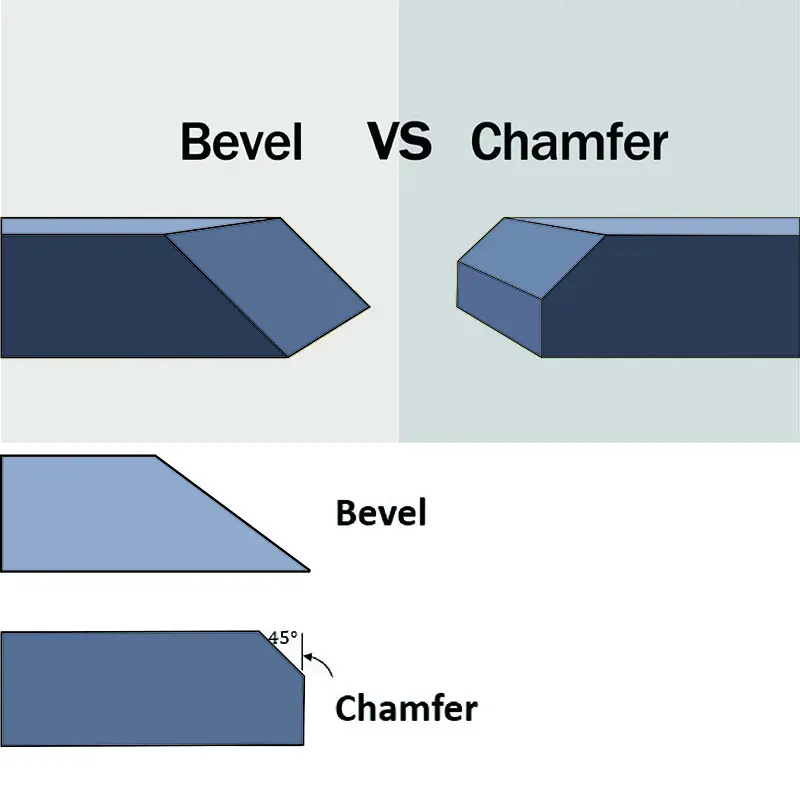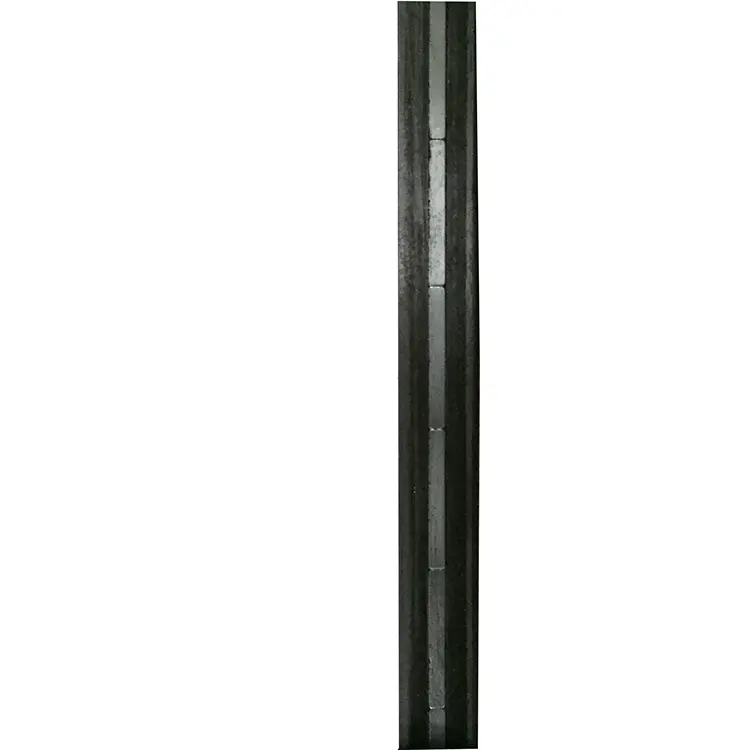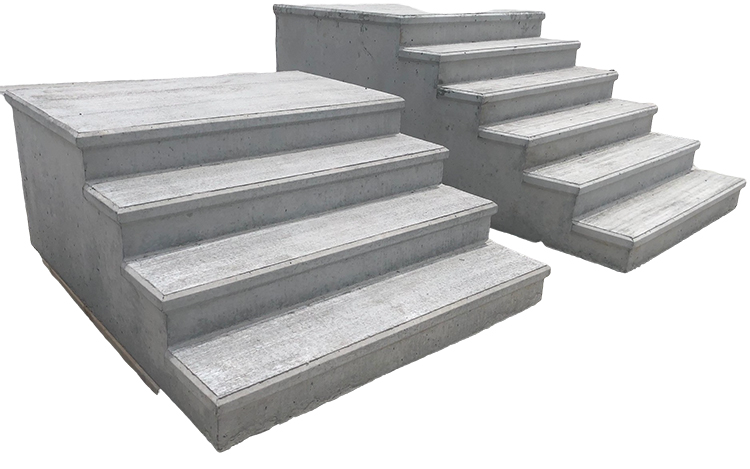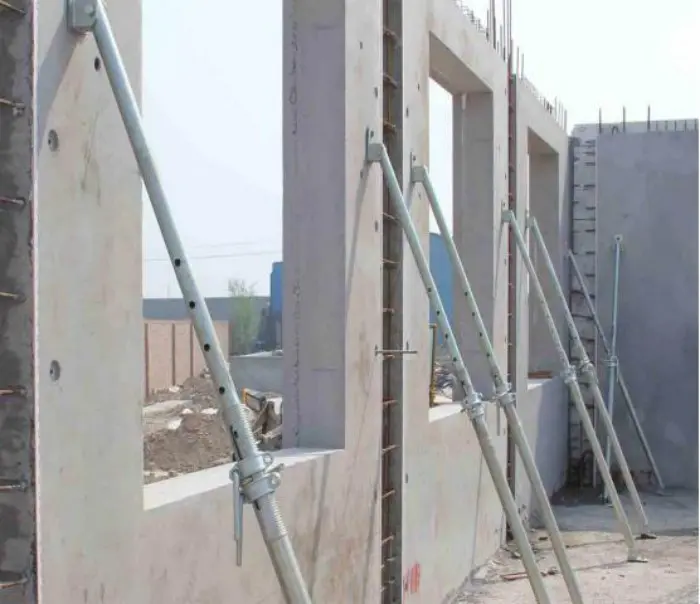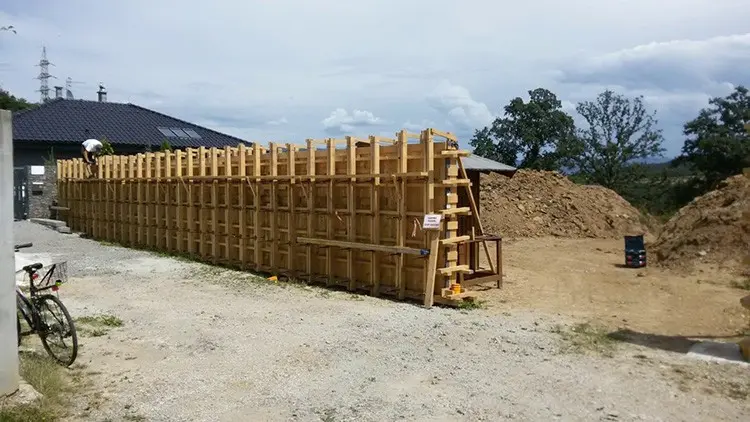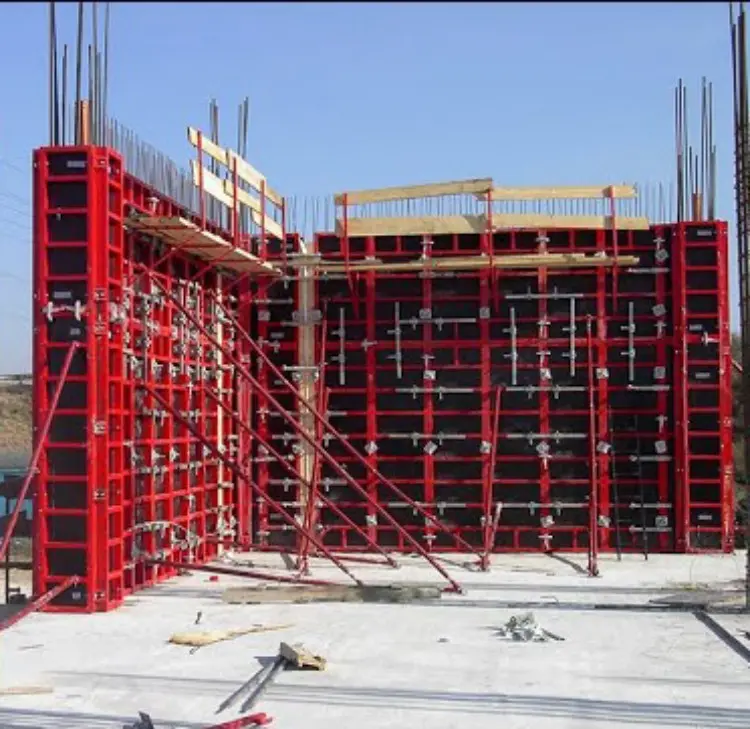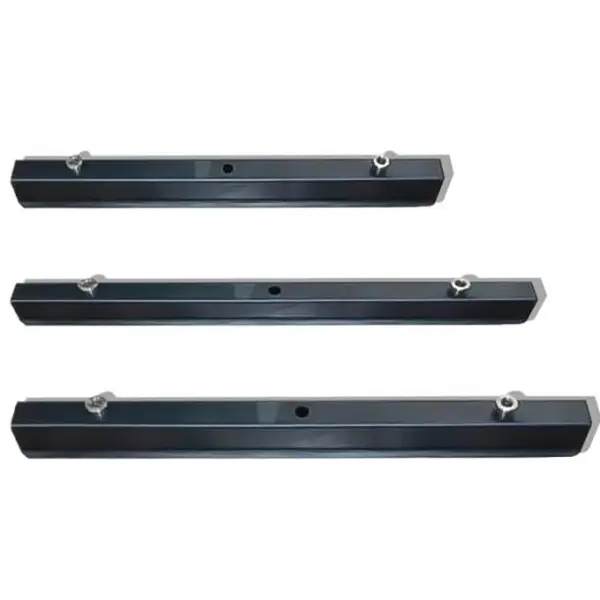What Is The Difference Between Formwork And Shuttering?
Formwork and shuttering are distinct in construction: formwork refers to temporary structures for shaping concrete, while shuttering is a specific type used for vertical surfaces like walls and columns. Formwork can be made from various materials and includes several types, whereas shuttering is designed for vertical support during curing. Understanding their differences is key for construction planning.
Difference Between Formwork and Shuttering
Formwork and shuttering are terms often used interchangeably in the construction industry, but they have distinct meanings and applications.
Definition
- Formwork: This refers to the molds or temporary structures into which concrete is poured to shape it as it sets. Formwork can be made from various materials such as wood, metal, plastic, or composite materials. It serves as a framework that supports the concrete until it achieves sufficient strength to support itself. Formwork can be either temporary or permanent, depending on the application and design requirements.
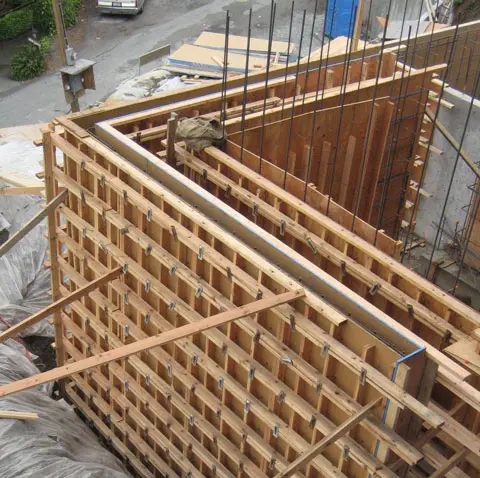
Formwork
- Shuttering: This is a specific type of formwork that is primarily used for vertical surfaces such as walls and columns. Shuttering provides temporary support to the concrete during the curing process. It is generally made from materials like plywood, steel, or plastic and is designed to hold the concrete in place until it hardens sufficiently.
Key Differences
|
Aspect |
Formwork |
Shuttering |
|
Scope |
General term for all types of molds for concrete. |
Specific to vertical surfaces and temporary structures. |
|
Material |
Can be made from wood, metal, plastic, etc. |
Often made from plywood, steel, or plastic. |
|
Function |
Supports concrete until it hardens; can be permanent. |
Supports wet concrete during curing; typically temporary. |
|
Application |
Used for various concrete elements (walls, slabs, columns). |
Primarily used for walls and columns. |
Types of Formwork and Shuttering
- Formwork Types: Includes traditional timber formwork, engineered formwork systems, reusable plastic formwork, and permanent insulated formwork. Each type is chosen based on the specific requirements of the construction project.
- Shuttering Types: Includes wall shuttering, column shuttering, and foundation shuttering, focusing on providing the necessary support for vertical structures during the curing process.
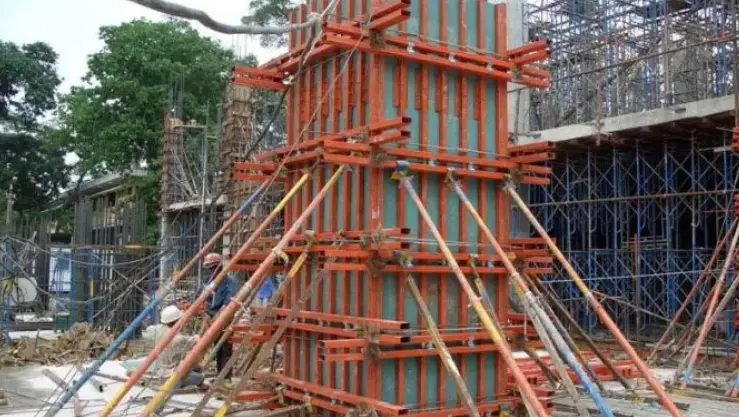
Shuttering
Conclusion
In summary, while all shuttering is a form of formwork, not all formwork is shuttering. Formwork encompasses a broader category of molds used in concrete construction, whereas shuttering specifically refers to the temporary structures that support vertical concrete elements during curing. Understanding these distinctions is crucial for effective construction planning and execution.
